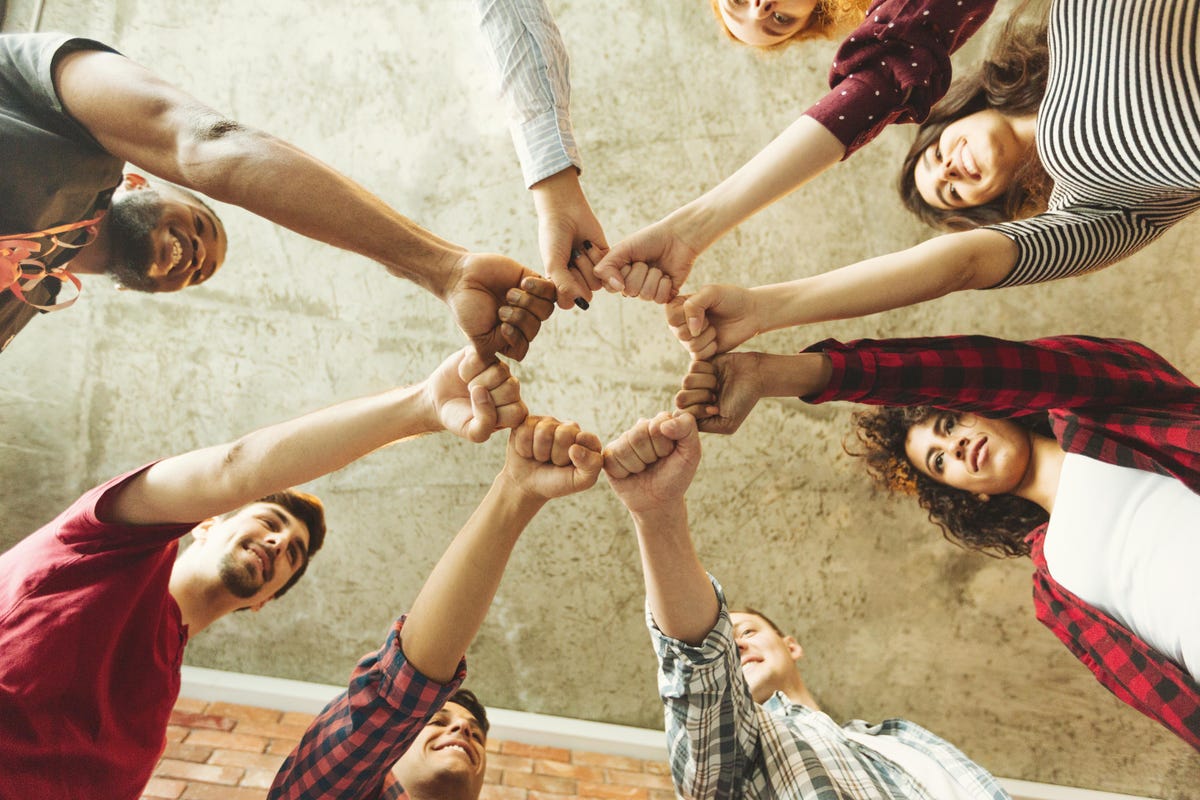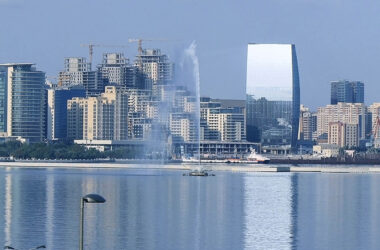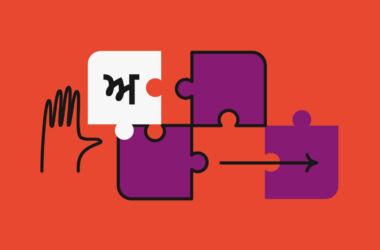Team building activities can improve your team members’ communication, problem-solving skills, and creativity. In addition, they can also give your group opportunities to bond outside the office.
Whether you’re planning a team retreat or a team-building event, there are many different types of team building activities you can choose from. In this article, we’ll cover five of the main types:
Meeting Kickoff
Kickoff meetings are designed to introduce new projects to all stakeholders. They’re a great way to get everyone on the same page and build enthusiasm for the project.
It also helps to set expectations, goals, and a timeline. This will give everyone a sense of what success looks like and where they need to be.
A good kickoff meeting should include a high-level vision and overview of the project, key deliverables and milestones, assumptions, constraints, and a question-answer session at the end.
You can make your kickoff meeting more successful by preparing an agenda and sending it to your attendees beforehand. It’s also a good idea to send a follow-up email after the meeting that includes your presentation, handouts, discussion notes, and contact information.
Communication
Communication, in business terms, is the process of sharing information that people within and outside a company can understand. It includes a variety of written and spoken channels.
A sound team communication system can help employees perform their jobs more efficiently. It also promotes collaboration and innovation.
The most effective forms of communication include active listening, non-verbal language, and respect for others’ opinions. In addition, it can resolve issues and avoid conflict.
Another critical communication element is identifying and addressing team members’ strengths, weaknesses, and interests. This helps them work better together on future projects vital to the business.
Problem-Solving
Problem-solving is the ability to identify problems and develop solutions to resolve them. It’s a critical skill for everyone in the workplace, and employers tend to seek it out when interviewing candidates.
One of the most significant benefits of problem-solving is that it helps us to understand the interdependencies between people and environments in our daily lives. This enables us to implement changes and improvements to adapt to a changing climate.
Regarding team building, problem-solving is a great way to unite people and strengthen their connections. It’s also an excellent way to help employees understand each other deeper, improving morale and making for a more productive work environment overall.
Creative Thinking
Creative thinking is a mindset that encourages learning, risk-taking, and the ability to create space for innovation. It’s also a vital skill to help drive productivity and growth.
Creativity can be applied across every work area, from finding unique solutions to long-standing problems in your field to developing new and innovative ways to use technology.
An excellent example is in the science, engineering, and math (STEM) industries, where stimulating creativity can help you find new solutions to a problem that has persisted for a long time.
Creative thinking can be helpful when you need it, whether you’re taking techniques from one discipline and applying them to another or simply embracing an atypical mindset that challenges how we approach challenges.
Employee Bonding
Employee bonding is a way for employees to build connections and friendships with each other outside of work. These bonds will help your team members communicate better and solve problems more efficiently during the workday.
During team building activities, employees learn more about each other’s working styles, strengths and weaknesses, dislikes and likes, thought processes, and problem-solving methods. These learnings are essential to a successful team and boost office productivity.
Employee bonding also helps employees feel more engaged at work. As a result, it’s a crucial factor in retaining employees.







